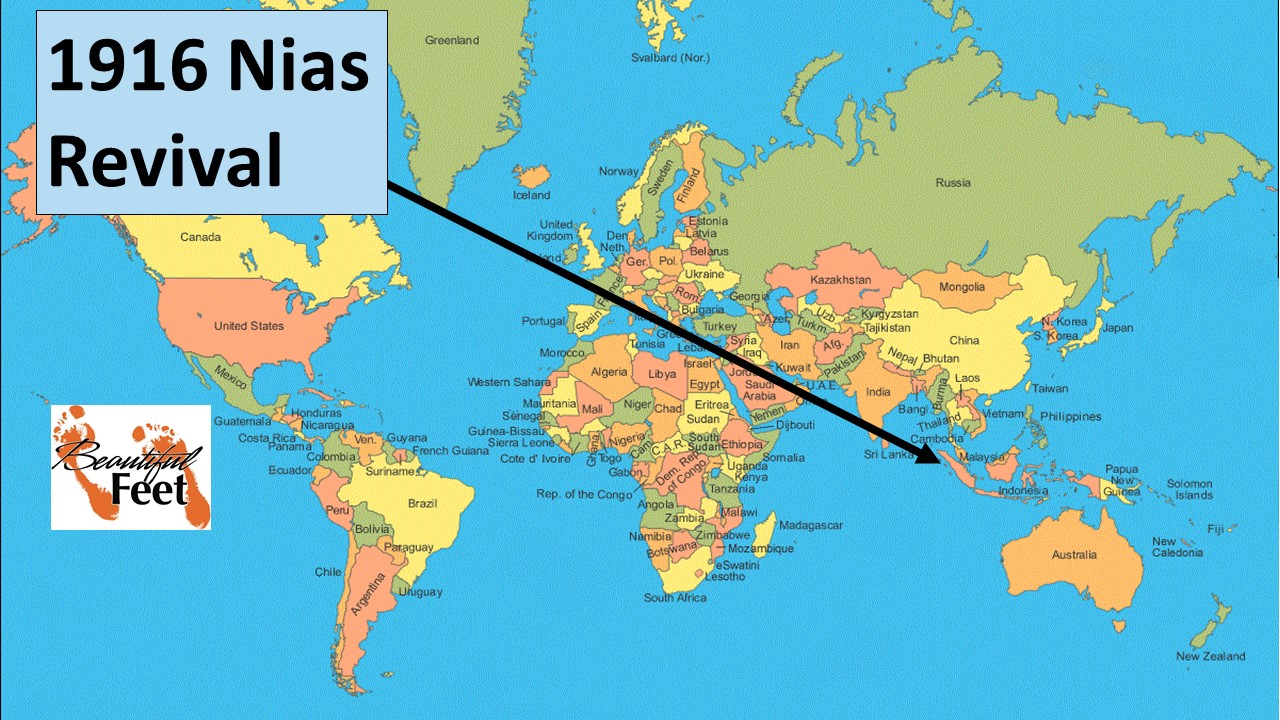
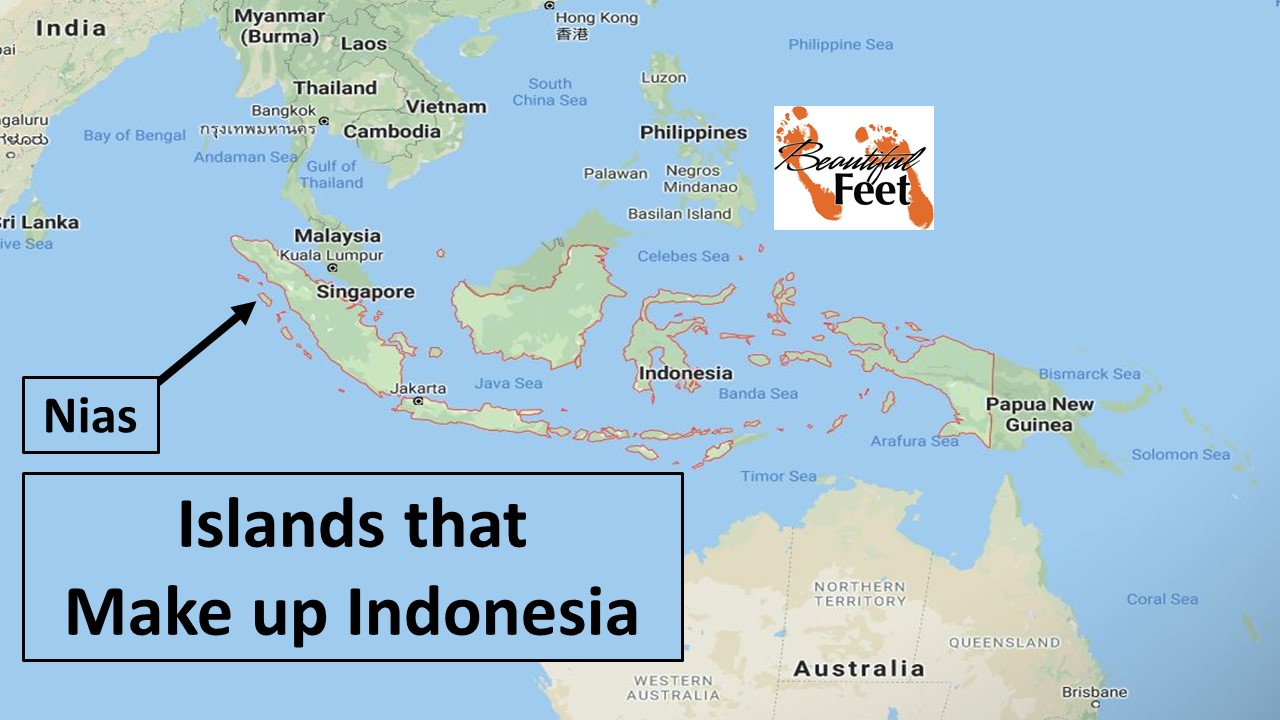
Nias is one of the 17,000 islands that make up the country of Indonesia.
Introduction
The first lasting and significant mission work on the island of Nias was commenced by Ernst Ludwig Denninger (1815-1875). Denninger was a German missionary associated with the Rhenish Mission Society.
Denninger’s initial work in the archipelago now known as Indonesia was on the island of Kalimantan (Borneo). He served on Kalimantan from 1848-1859, then he relocated to the western Sumatran town of Padang and began work among the migrant Nias people (enslaved). He finally relocated to the island of Nias, in the town of Gunung Sitoli, arriving on September 27, 1865.
First Converts
On Easter 1874, 25 Nias people were baptized. This has been considered the date for the birth of the Nias Church. One year later, in 1875, when Denninger was 60 years old, he passed away in Batavia (Jakarta).
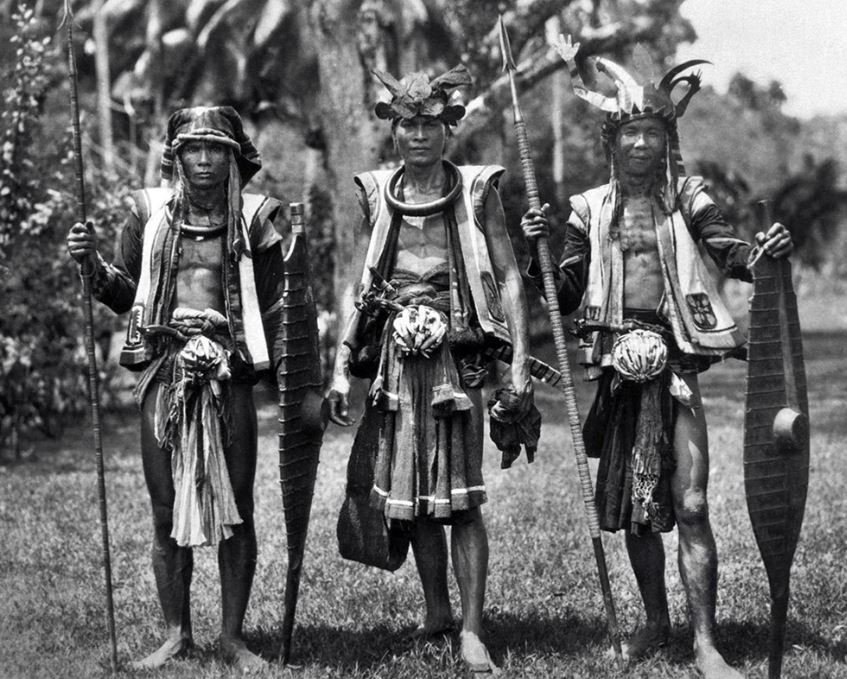
Nias Warriors
Slow Progress of the Gospel
The Dutch at the time had colonized Nias and many other Indonesian islands, yet on Nias they were only able to bring security to the town of Gunung Sitoli and the surrounding area. Some of the limiting factors were:
► Continual intertribal wars.
► No roads between villages.
► The tribal religion, of ancestral worship (Adu Zatua—statues of ancestors), was still very strong.
► Epidemics.
► Many tribes were still headhunters.
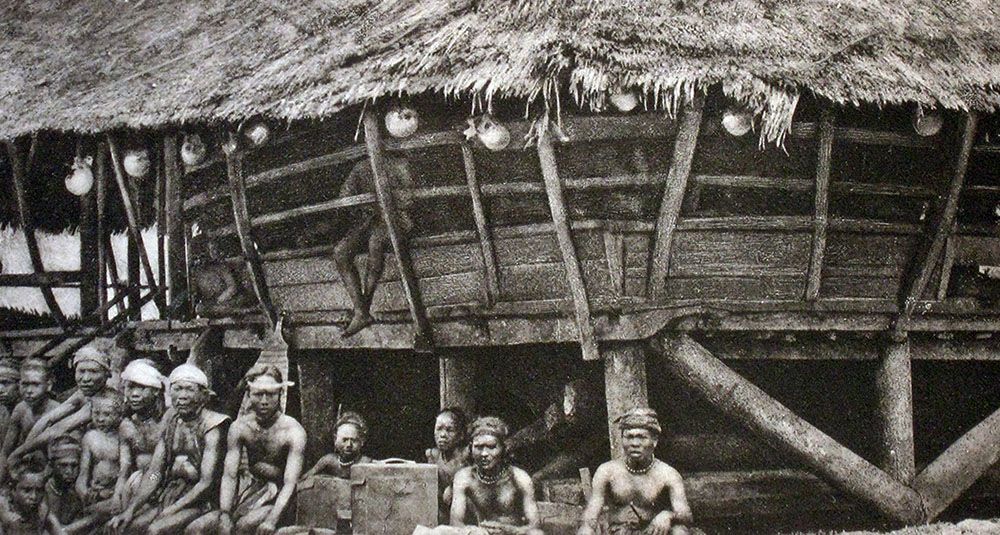
Head-hunting Niasans, with hanging skulls
Progress Beginning in 1908
After the Dutch had built roads and brought a measure of security throughout the island, the Rhenish Mission began to see progress. In 1908, there was a spiritual awakening, and in seven years 20,000 had been baptized, with 9,500 more going through training prior to baptism.
A few more significant achievements:
► The entire Bible was translated in 1913.
► Seminary and Bible Institute was started.
► In 1914 there were 13 mission stations in operation.
► By 1919 there had been 137 elementary schools started, with 68 national teachers and 201 assistant teachers.
► Home economics high school for girls was opened.
► National believers were ordained as ministers.
► Many businesses were started for the economic empowerment of Christians.
► Clinics were established.
► Sanitation systems were developed.
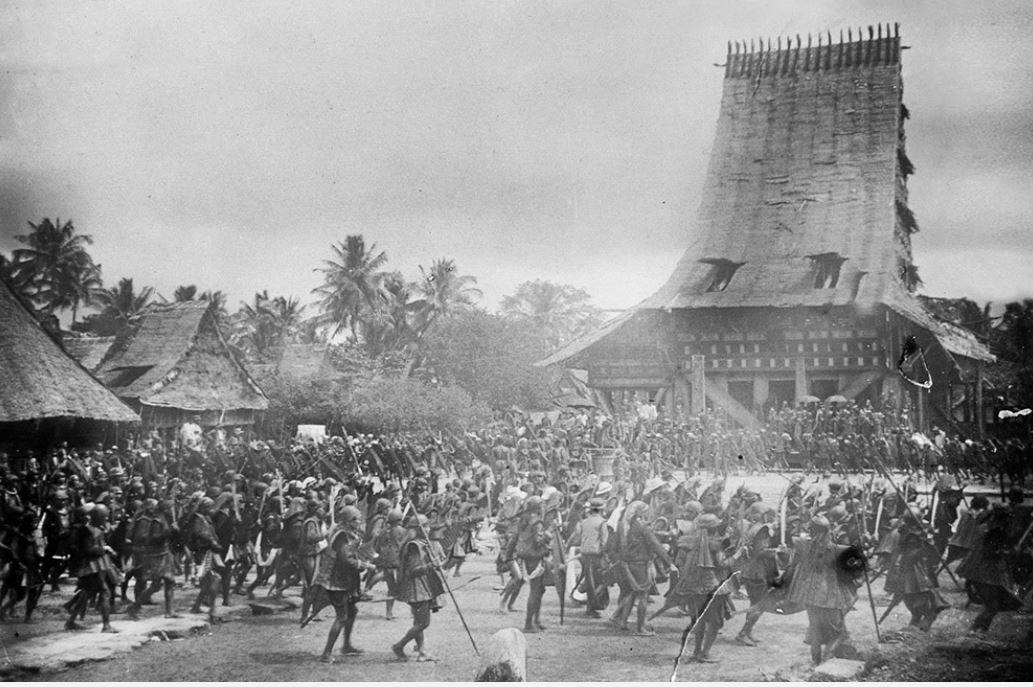
Large war dance ceremony: Inter-tribal warfare was common
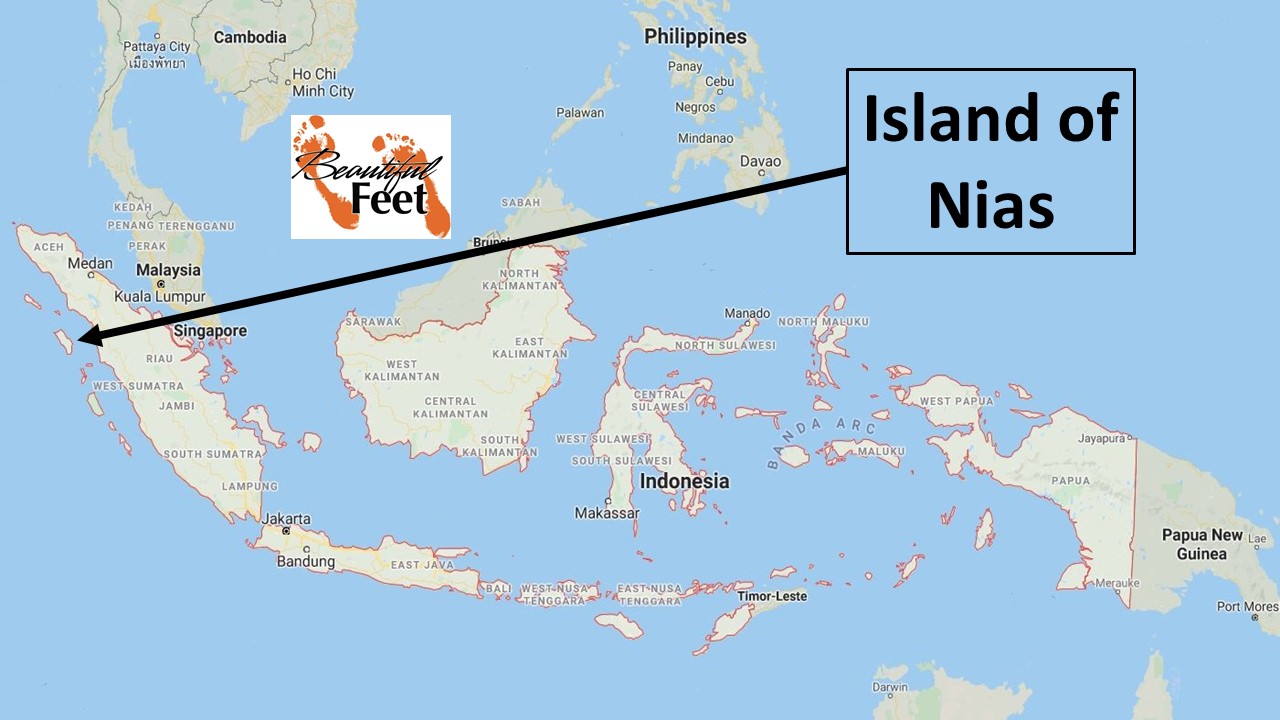
Islands that make up the nation of Indonesia
Extraordinary Prayer
Even with the successes achieved, most of the missionaries were not content with the spiritual and moral results. They wanted a baptism of the Holy Spirit for their converts, and they prayed diligently for it.
Monday, September 27, 1915, was the day set aside to celebrate the mission’s Jubilee at Gunung Sitoli. The church was packed, and among those in attendance were 158 elders from the 233 churches throughout the island. This was the date when, exactly fifty years earlier, Denninger had stepped foot on the island.
Through this 50-Year Jubilee celebration it was obvious that the national believers had begun to take ownership of the mission work, and it gave the missionaries tremendous joy.
During 1915, the initial stages of the revival occurred in the village of Humene, when a communion message was given by the missionary Otto Rudersdorf, the pastor of the church in that town. The results of this sermon was one man, Filemo, being severely convicted of sin, and then him seeking forgiveness. Filemo and his friends then started a prayer group that met after each Sunday morning service.
In the study in his home, Rudersdorf also conducted prayer and Bible studies with a few of the more mature believers, but over time the numbers kept growing. The Rudersdorf home eventually became so packed that there were even those standing outside who could not gain access (over 300 being present). It was then that this home prayer meeting was moved to the church. The number of intercessors that gathered during these prayer meetings averaged 400.
In February 1916, Rudersdorf challenged his congregation to admit that, while they had previously confessed their obvious sins, they had left the more serious ones unconfessed.
The next month, eight people came to Rudersdorf to tell him that they were experiencing the same severe conviction of sin as what Filemo had experienced, and that they were seeking forgiveness.
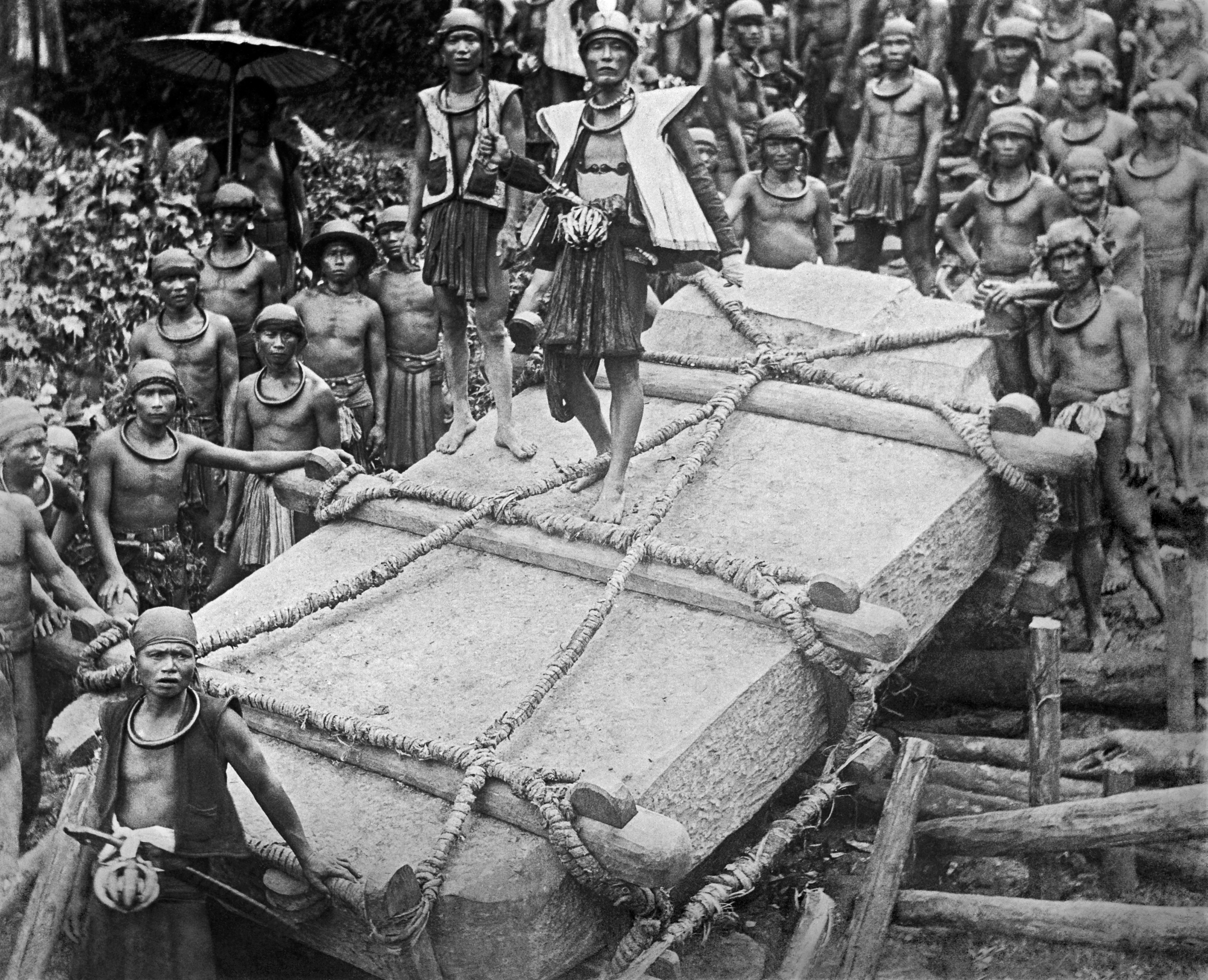
Megolith in Nias – 1915
What Happened
Soon Rudersdorf was overwhelmed by those coming to him, singly, by families, or in groups. These people were experiencing severe conviction of sin and were seeking to confess those sins and gain relief from their guilt (often over 600 people came at one time). The conviction of sin was accompanied by weeping, trembling, and shaking–evidence of the fear and presence of God. After the sins were confessed, the individuals experienced unrestrained joy.
As the believers began to share their personal experiences with others, the revival fire began to spread from one person to the next, and from one mission station to the next, until the entire island was filled with the presence of God.
Muslims and Pagans Also Impacted by the Revival
It wasn’t only the Christians who were recipients of the revival. The fires that ignited the Christians and renewed their faith began to spread among the pagans and Muslims.
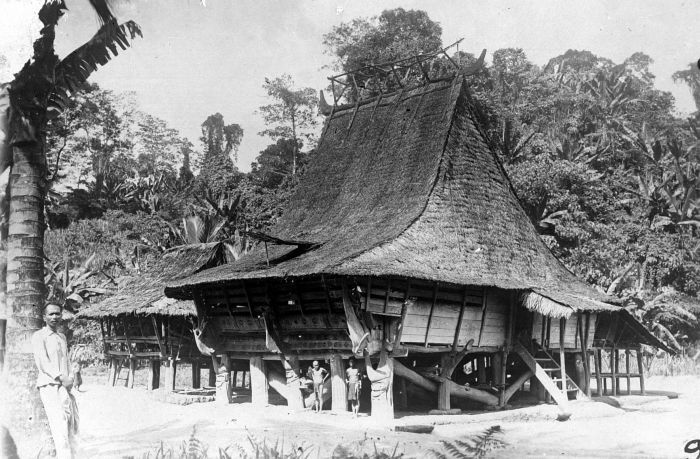
Nias Home
Common Experience at Each Village
As the revival fires spread, each village reported similar occurrences:
► People’s consciences were struck, causing personal sin to become terrifying.
► The sense of guilt from sin was so powerful that they felt that their annihilation was imminent.
► An awareness of the holiness of God was terrifying and inescapable.
► An irresistible force drove them to the missionaries.
► Churches were full of people seeking God.
► For many months all that could be done was to allow people to confess their sins, as relief would not come until confession was made.
► Some sins having occurred 20-30 years previously, had to be confessed before freedom from those sins could be experienced.
► Following confession of sin, there was exuberant joy, evidence of their freedom.
► The people weren’t able to stop at the mere confession of sins, they had an overwhelming compulsion to:
……a. Make reparations, as much as was still possible.
……b. Be reconciled, whether it was with a spouse, friend, or neighbor.
……c. Restore stolen property, and when that was impossible, financial donations were made to the church.
……d. Fruits in fields and gardens, which formerly had been considered as anyone’s property, especially after having fallen to the ground, were left alone.
……e. There was a new honesty among the people, and trustworthiness that permeated the communities.
……f. There was a readiness to make sacrifices to help others in need.
……g. There was a reduction in the sins associated with speech.
……h. Harmful customs were automatically stopped, like the filing of teeth and excessive and exaggerated mourning during a funeral.
……i. There was more diligence in their daily work, with their changed behavior being evident to the pagans and Muslims all around them.
This revival would repeatedly sweep across the island at different intervals between 1916-1930.
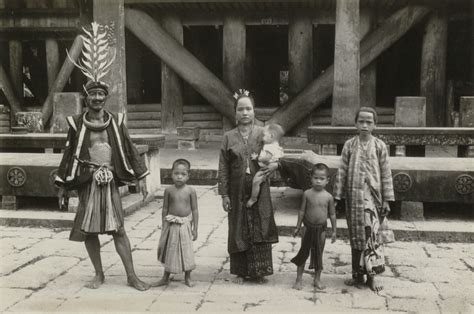
Nias Family
Results of the Revival
This revival’s genuineness was made evident through:
- A renewed hunger for the Word of God.
- The regular church services were insufficient. The missionaries had to triple the number of services to meet the people’s need to be fed.
- Even with trained national believers working alongside the missionaries, they often found that they were unable to cope with the huge spiritual needs of these growing Christians.
- The regular church services were insufficient. The missionaries had to triple the number of services to meet the people’s need to be fed.
- Seminary and Bible Institute:
- Prior to the revival there were only four national believers that were ordained. Following it a new curriculum was put in place and many young people enrolled in the Bible school and made a commitment to Christian ministry. In addition to formal theological training, a Bible Institute was established to train those whose work would be as an evangelist or who would otherwise not enter formal theological training and profession.
- The number of evangelists (lay pastors) rose to:
- 6 in 1916
- 81 in 1922
- 93 in 1924
- 383 in 1925
- Number of Christians:
- 1890: 3 congregations with 906 Christians
- 1900: 11 congregations with 5,000 Christians
- 1915: 14 congregations with 20,000 Christians
- 1921: 62,000 Christians
- 1929: 85,000 Christians
- 1940: 135,000 Christians
- 1965: 205,000 Christians
- 1985: 300,000 Christians.
- The spreading revival was due to the willingness of the believers to share their testimonies.
- Hardened pagans were seized by the terror of their guilt and sought how to be free from it.
- Many pagans had dreams and visions that guaranteed them the forgiveness of sins.
- Many new songs were written.
- During prayer, people would have rapturous experiences, going into a “coma” for hours at a time.
- Signs and wonders of all kinds were experienced, as in the Book of Acts (healings, tongues, interpretation of tongues, trances, visions, dreams, raising of the dead, casting out of demons, prophetic utterances, etc.)
- Many destroyed their idols and ancestor images, and turned away from animistic practices.
- There was such a demand for Bibles and religious literature that the stock was quickly depleted. One missionary wrote:
The experiences at [the village of] Ombalata are repeated at the outstations. Everywhere a hunger and thirst for the Word of God! A new and deeper understanding!… Day after day, the people have begged for books. Our stock was soon exhausted and we had to order 1,000 New Testaments from Amsterdam by wire.
National Church Arose
Nias believers took responsibility for their Church beginning in 1936. The new denomination was named: Banua Niha Keriso Protestan (BNKP).
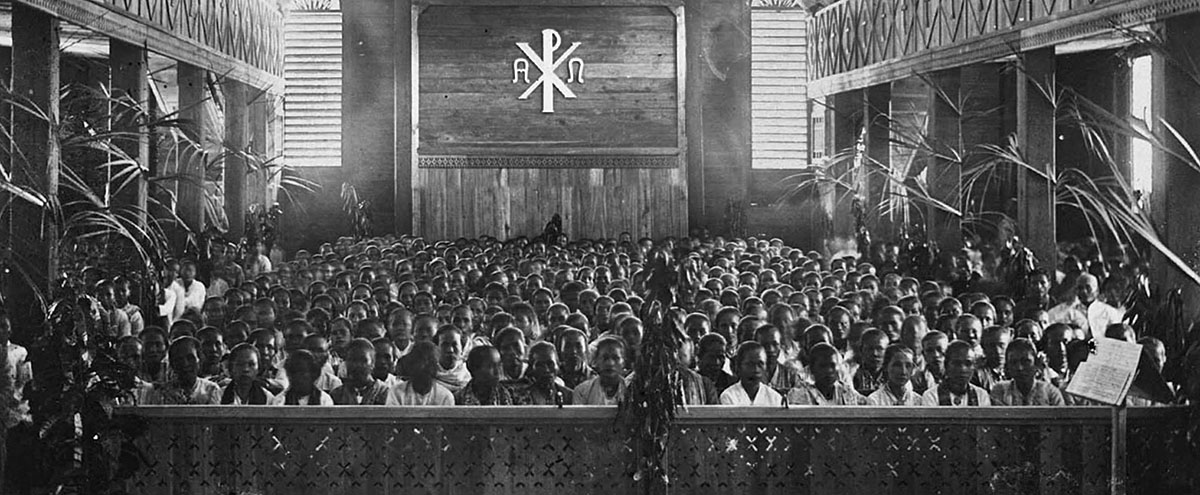
Church in Gunung Sitoli
In the year 2020, the population of Nias was 800,000-1,000,000
The religious make up being:
► 73% Christian
► 18% Catholic
► 7% Islam
► Remaining–traditional religions
Sources
► A Study of the Nias Revival in Indonesia by Julia Theis Dermawan
► Acculturation in Tano Niha by James Danandjaja
► Banua Niha Keriso Protestan by Wikipedia
► Ernst Ludwig Denninger by Wikipedia [Bahasa Indonesia]
► Evangelical Awakenings in the South Seas by J. Edwin Orr
► History of Nias Island by visitniasisland.com
► Indonesia Revival: Focus on Timor by George W. Peters
► Indonesia: Church and Society by Frank L. Cooley
► Kekristenan di Nias by Hesron Sihombing
► Miracles in Indonesia by Don Crawford
► Nias by Wikipedia
► Nias People by Joshua Project
► Nias People by Wikipedia
► Rhenish Missionary Society by Wikipedia
► Sejarah Pekabaran Injil Di Nias Tanoniha by B. Gulo
► Soera Ni’amoni’o: Alkitab Berbahasa Nias by Ononiha.org
► The History of Nias by Museum of Nias
► The Nias Revival: The Story of a Spiritual Awakening by Edward Kriele
► Ten Greatest Revivals Ever by Elmer Towns
► The Tell-Tale Heart: Conversion and Emotion in Nias by Andrew Beatty
► Wilhelm Heinrich Sundermann by Wikipedia (Bahasa Indonesia)
Return to List of Revival Stories
Chet & Phyllis Swearingen:
Office: (260) 920-8248
romans1015@outlook.com
Beautiful Feet
P.O. Box 915
Auburn, IN 46706

